Red wiggler earthworms (Eisenia Fetida) are among the finest composters in the world as they are able to devour half their body weight a day. In addition the castings are among the finest organic fertilizers. At Nature’s Little Recyclers we raise our worms in a regulated indoor facility and we feed them quality foods (such as coffee grounds vegetables and cardboard) thus making them excellent food for fish lizards amphibians and other pets. About Nature’s Little Recyclers: Nature’s Little Recyclers is a recycling plant dedicated to providing a greener solution to clean soil. Our facility is located in Back of the Yards a neighborhood in Chicago with a high green-tech focus. We take organic waste-such as coffee grounds vegetables and cardboard-from local businesses in Chicago and feed it to our worms which are bred in sustainable conditions in our facility. As the worms eat (and essentially “recycle”) these materials they create worm castings which is rich in nutrients and free of chemicals thus making it a great fertilizer for both conventional and organic plants. Nature’s Little Recyclers is committed to providing each customer with the highest standard of customer service. If you are not completely satisfied with your order please contact us so that we may make your experience better.
Red worms are nature’s ultimate composting worm and a great pick for worm farms. Red worms go by many names. They’re often called red wigglers, tiger worms, manure worms, composting worms, and the trout worms. Whatever you call them they’re among the best composting worms available.
Both first time and experienced worm farmers choose the red worm for many reasons. These hardy composters are easy to care for, reproduce quickly, tolerate a wide range of temperatures, and of course can eat huge amounts of organic waste.
Advantages of Redworms
Red worms have many properties which make them ideal for the compost bin. Of all the worms suitable for worm farming the red worm is the most adaptable and hearty. Red wigglers can withstand a wide range of environmental conditions and changes that would kill most other breeds.
Unlike common earthworms that borrow deep into the soil red worms thrive in the first several inches of topsoil directly beneath decomposing vegetative organic matter. It really doesn’t matter what the matter is red worms love it. Decaying leaves, grasses, wood, and animal manure are all favorites of red worms.
The red worm’s voracious appetite makes it the champion of the compost bin and a virtual worm casting (a.k.a. worm poop) machines. Red worms are fairly small, generally getting no larger than 5 inches. But don’t underestimate them. It is estimated that red worms eat nearly 3 times their weight each week.
Red worms like to live in colonies, often congregating into a writhing mass around a food source. Maintaining this close contact makes them prolific breeders and an ideal breed to raise in your worm farm. A 24″ x 24″ worm bin can easily house over 1000 red worms. However for those interested in raising bait worms it’s good to remember that crowded red worms will remain fairly skinny and short. When given more room red worms will plump up into excellent fishing worms.
Another advantage of red worms is their ability with stand a wide range of temperature extremes. Typically red wigglers thrive in temperatures between 65F and 80F (18 C – 27 C). When the temperature dips red worms need to be protected from freezing weather. Even red worms kept outside can easily survive the frigid temperatures of northern North America.
Of course you need to provide them with shelter and insulation. That can be as simple as keeping them in trench filled with aged manure and covered with straw or leaves. Similarly; when temperatures spike keep your worm farm cool. If your bedding gets over 85 degrees red worms will try to escape your bins for cooler areas. So provide them with shade or if possible move them into your basement.
Red worms are prolific breeders and 9 weeks after birth red worms are mature. Baby red worms hatch from small lemon shaped cocoons. So even your youngest red worms will be breeding within about 2 ½ months and producing their own cocoons. Each cocoon holds an average of five small red worms; typically three will ultimately hatch, emerge, and begin reproducing. So if you purchase 1 pound of red worms in about four month you will have 2 pounds, and in nine months 4 pounds. However these are just basic guidelines. Many factors influence reproduction of red worms. The bedding material you select, food sources, moisture conditions, and temperature all have an effect on how quickly or slowly your red worms will reproduce.
Red worms are content to remain working for you in conditions are to their liking. Provide them food, moisture, and suitable bedding material and they will happily stay in their bins or outdoor colonies. However if their bedding gets dry or too acidic they will try to escape. If you don’t feed them they will go looking for food.
Like all worms red worms breathe oxygen through their skin. In order to breathe they require a moist, but not saturated bedding material. A moist environment also facilitates the breakdown of organic matter in their bedding material by microbial life forms. Since worms have no teeth it is this mushy mixture of decaying food and microbes that red worms feed on.
Red Worm Food
A worm farm full of red wigglers is an excellent way to compost food scraps, left overs, garden waste, and leaves. Feeding redworms is pretty easy, but there are some basic but important things to remember in order to keep you worm farm healthy. In this section we will cover what you should and should not be feeding your worms. This list is not all inclusive but it will give you some ideas. Learn more about feeding worms here.
Do Feed:
-
Vegetable Waste (carrots, lettuce, beans, peas, limited amounts of potatoes, leaf vegetables)
-
Fruit Waste – Non Citrus (Apples, grapes, bananas, plums, peaches, pumpkin)
-
Egg shells – In moderation and best when crushed up a bit.
-
Coffee Grounds (Filters too) – An excellent worm food, but again in moderation
-
Cardboard – Yes, shredded cardboard doubles as food and bedding.
-
Tree leaves – Yes in moderation, stick to common species, avoid exotic tree leaves
-
Garden Waste – Bean stalks, pea vines, beet tops,
-
Starches- Yes in moderations (Pasta, potatoes, rice, grains)
-
Aged animal manure – Yes, it’s best to stick with horse manure in the beginning.
-
Commercial worm food, (Worm Chow etc…) Just start sparingly
Do Not Feed:
-
Citrus fruit
-
Meat products
-
Cooking oil or grease
-
Human waste
-
Pet waste
Redworm Reproduction
Mature breeding worms are easily identified by their clitellum, the swollen band located near the head. That is why some worm farmers call mature red wigglers “bundling worms.” Worms are hermaphrodites, meaning each one has female and male organs. However red worms still need to join to breed.
During mating worms slide along each other until their clitellum are aligned. They hold on to each other with bristle like hairs, called setae, located on their underside. While embraced they exchange reproductive seminal fluids which is stored for later use.
During the mating session, which lasts for about 3 hours, the worms secrete mucus rings around themselves. When the worms separate the mucus rings on each worm begins to harden and eventually slides off the worm. But before dropping off all the needed reproductive materials are scooped up into the ring.
When the mucus ring drops off the worm the end seals up, causing it to taper at one end, causing the familiar lemon shape of the cocoon. Over the next 20 days the cocoon darkens and hardens. The hatchlings inside the cocoon grow for a little over three months. Usually three hatchlings emerge from each cocoon.
Red worm hatchlings are not red; they start out looking like small white threats. However in less than a day they become a pale red and then quickly take on the dark red color associated with red worms.
Red worm cocoons have been known to survive for over two years when poor environmental conditions put worm survival in jeopardy and hatching is prevented. When temperature and moisture conditions improve the hatchlings emerge and the reproduction cycle kicks into high gear. Some worm farmers actually withhold food and water to simulate drought conditions and bump up cocoon production. We don’t recommend this for the home composter as it has the potential to kill off too many of your best worms.

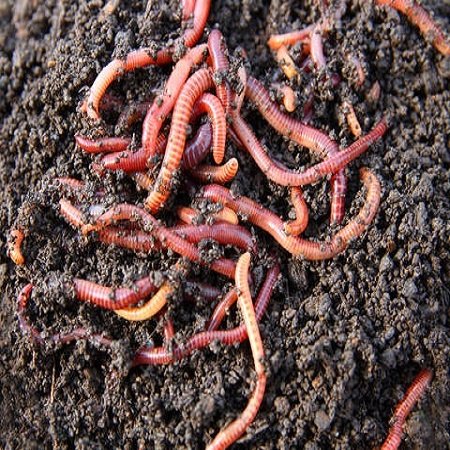


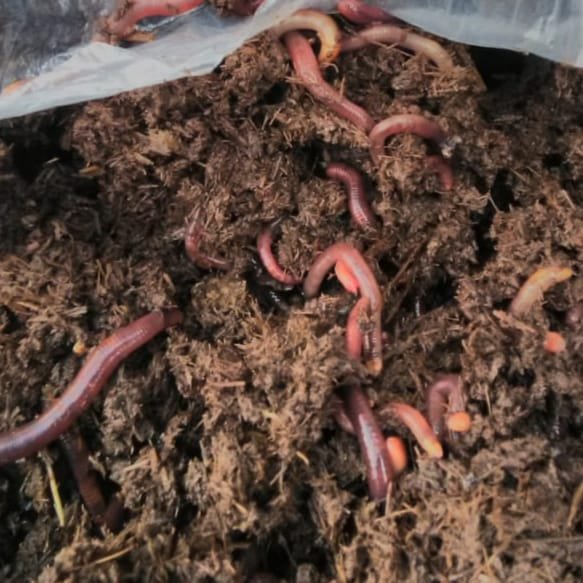
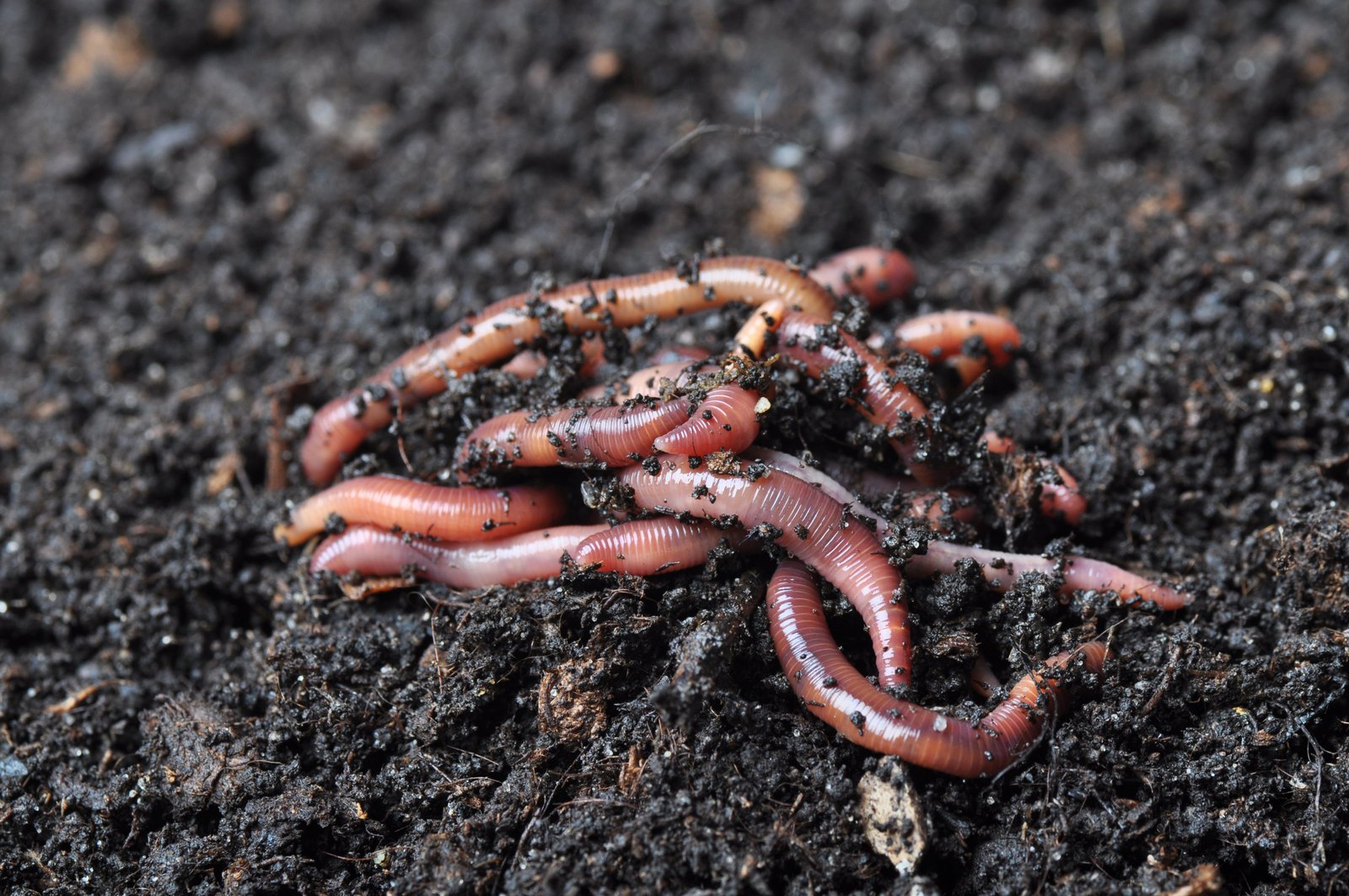




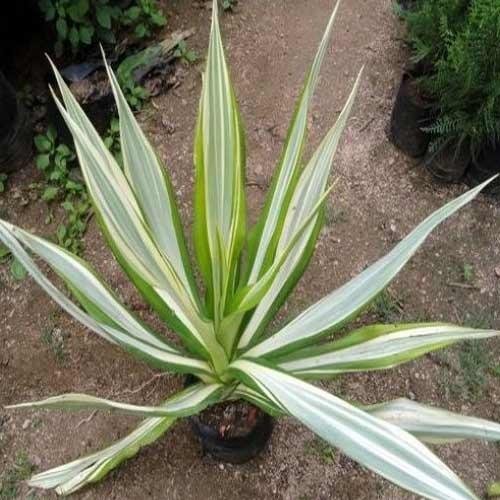

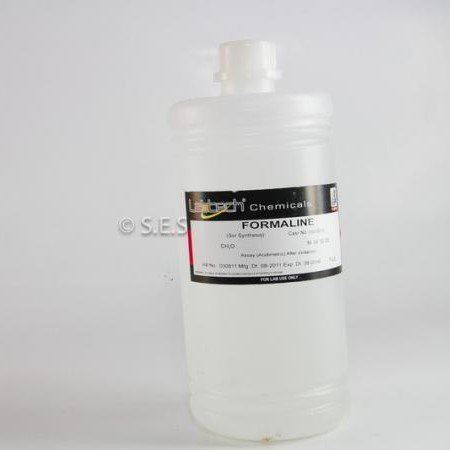
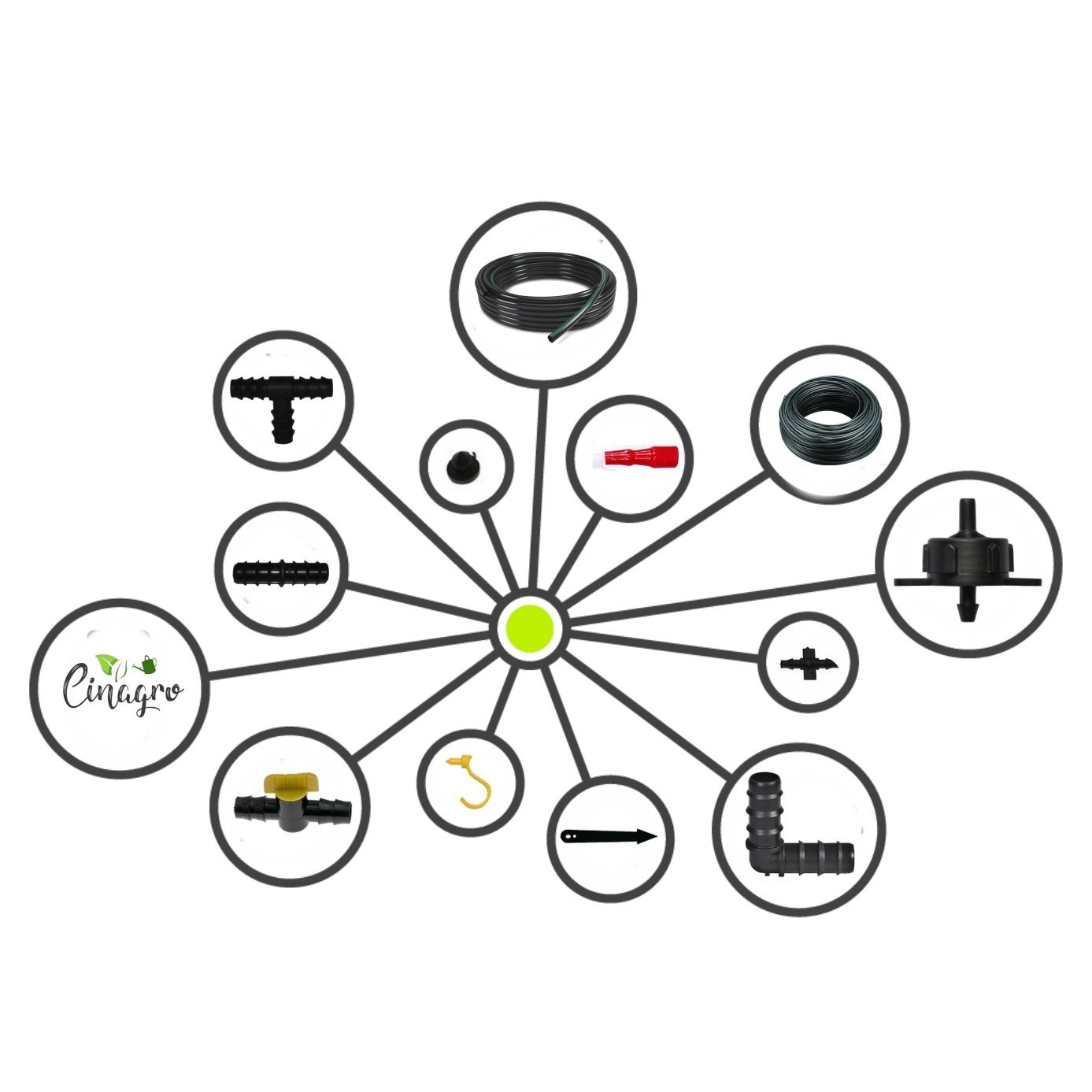
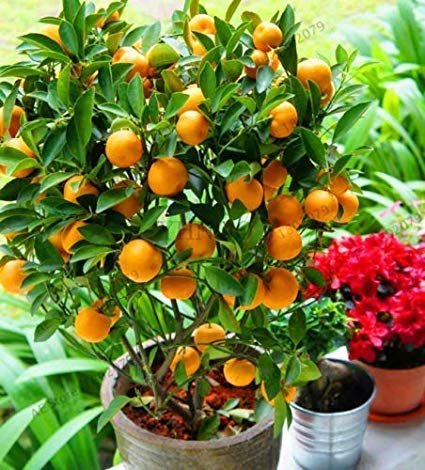



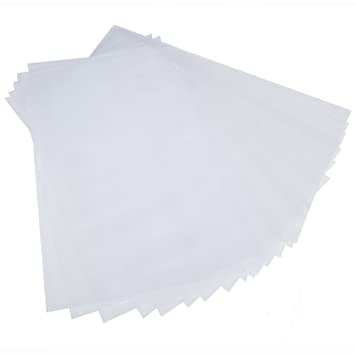
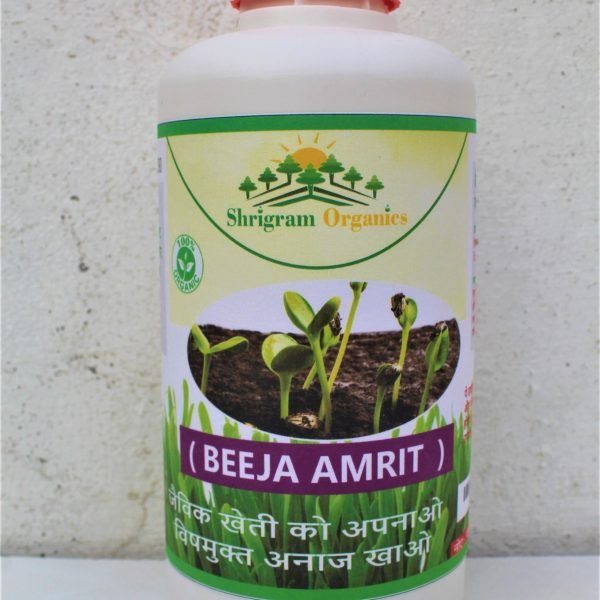
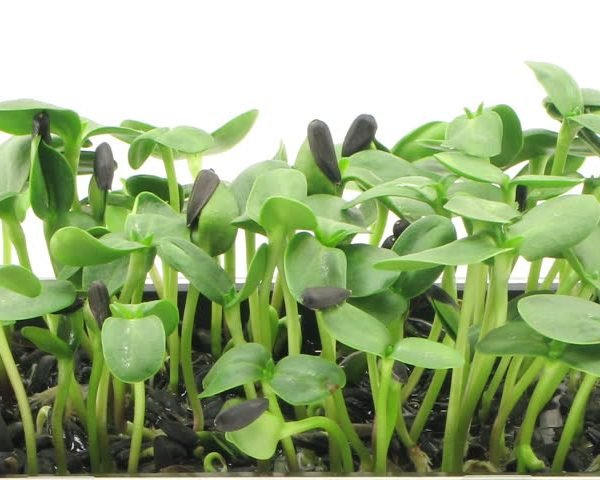

Derek hunsaker –
Earthworms shipped well 🙂 ! I rehydrated them and let them rest in some moist soil with tasty tidbits in a smallish cardboard box, before letting them loose to “free-range” in my greenhouse garden. After a few hours the worms rehydrated, quickly grew in size, and they were already busy making babies within days – THANK YOU 😀 !!!
Somasundar –
They came (almost) all alive and well packaged.
anushaka malik –
thanks for the worms shrigramorganics
Divya –
thanku for the live worms supply
Thomas T –
The worms were alive and healthy.
Anish Rachcha –
Good shipping time, small but alive except a few and they have been thriving in their new home well enough to double the home size.
PRANAB D. –
Using the worms for the purpose that I ordered them was great. However, the box they were shipped in and the bag that the box was placed in had holes in it. There were worms on my door step and unknowingly my sister-in-law brought the package inside and placed it the dining room table. There were worms everywhere. It would be nice to make sure they don’t escape next time
Saurabh Acharya –
Worms came in alive and wiggling. Didn’t count them (ha!) but there were plenty of them in there.
Jimmy George –
Didn’t have a single dead worm upon delivery and haven’t lost one since, been about a month. Very pleased with everything.
AMIT SARDAR –
Arrived perfectly healthy with a great mixture of sizes.
Shipra Goyal –
I added a bag each of Composting Worms to my 2 compost bins. In a weeks time I could see the compost levelling out, and levels lowering much quicker. I’m gonna be busy keeping these guys fed until they’re scooped into my garden bins.
subash07 –
Good experience and need another order
Avijit Naskar –
Super awesome, they were all alive and came in fast. Plus I was notified of their arrival
Sinha –
I was very pleased with my order, they are doing great thank you. I will be doing my next order soon. 😄
MasterDinesh –
The ordering process is very easy, when they arrive in great health and nicely packaged.
Sai Bala Krishna Allamsetty –
My worms, though recovering from a dry journey , were active and healthy when they arrived!
Varghese Nettikadan –
So far so good. The worms arrived alive as are now busily doing their thing in my new in-ground composter. Thanks!
Deepak Chauhan –
Worms arrived very quickly and were doing well. They’re happy in their new home in our vermicomposting garden .
Siva Viswanathan –
This is my second year ordering worms from shrigramorganics. The worms have arrived happy and healthy and got to work on my compost pile immediately!
Aribam –
Excellent! Will buy from Shrigram organics again.